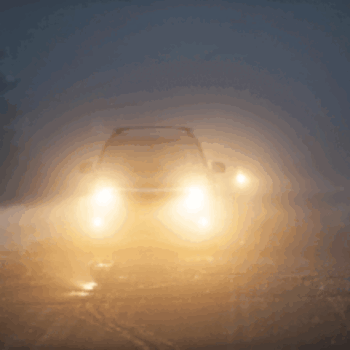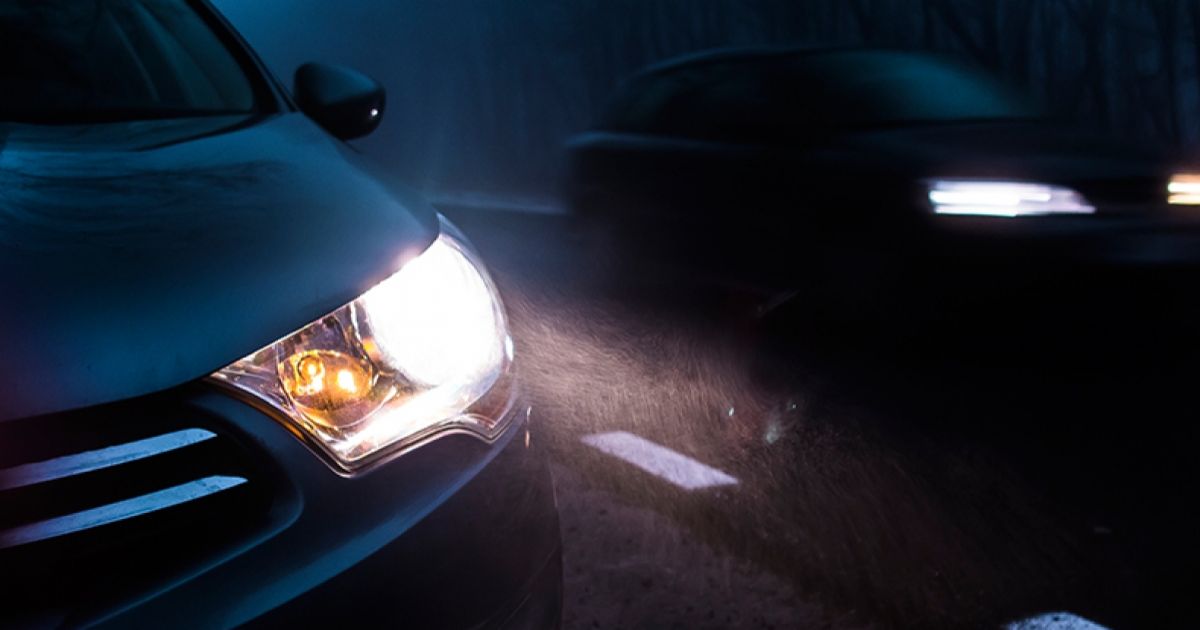Headlight is an important element of car safety, it allows drivers to see the road clearly and any potential obstacles ahead. Nighttime driving experience would be significantly risky without a functional headlight. To ensure that your headlights are functioning well, it is essential to understand the three prongs of a headlight and how to identify and fix any issues that may arise from them. In this article, we will take a deep dive into the three prongs of a headlight by providing helpful keys on how to keep them in good shape ensuring that your car is always equipped with a properly functioning light source.
What are the components of a headlight circuit?
A car’s headlights are made up of a few parts. They include the following;
1. The light bulb:
The most important part of a headlight is the light bulb, the bulb emits light when electricity is being passed through it. Under the light bulb, there are reflectors and lenses that direct the light in a specific direction.
2. Regular beams
The regular beams are another part of a headlight; they are activated when you turn on your headlight or when you use your daytime running lights.
3. High beams
A high beam is a brighter bulb used when the road is dark and lacks traffic.
4. Turn signal bulb
A turn signal bulb is usually activated when you use your turn signals. So whenever you try to take a turn, a turn signal bulb is activated by a click.
5. Housing chamber
This is basically the hard plastic that serves as a cover. You can see this when looking at a vehicle. This is what protects the light bulb and other components from direct access and damage.
How many prongs does a headlight have?
There are three prongs on a headlight although some people argue that saying their vehicles use a two-prong headlight, which is not totally wrong depending on the car’s model. There are also three main prongs of the headlight bulbs they include the HID bulb, LED and halogen bulb with each having different characteristics and strengths. The three prongs of a headlight are;
- The high beam
- Low beam
- Ground
Function and purpose of the three prongs of a headlight
An average car has four headlights, but only three are actually useful. The fourth headlight doesn’t improve visibility. This brings us back to the question, what are the three prongs on a Headlight and their functions?
These prongs are:
- The first on our list is the low beam prong. This is a bright setting on a headlight and is usually used when driving during the day. It is designed in a way to illuminate the road ahead without posing a threat to other drivers.
- Secondly, we have the ground prong which is usually the shortest of the three, it helps to complete the circuit and allows for the passage of current from the battery to the bulbs.
- The third prong is the high beam. This prong is brighter than the low beam and should be used when no other cars are on the road so as not to blind other drivers. The high beam prong is very helpful when driving on dark roads, late at night and in foggy conditions.
The installation and testing process of a three-pronged headlight
The most important thing to do when testing a 3-prong headlight is to make sure all of the light bulbs are working perfectly. This can be done by turning on the headlights so as to check each bulb individually using a voltmeter. If any of the bulbs are not flickering or lighting up, then they will need to be removed and replaced.
Also, you might want to test the ground connection. This is done by using a voltmeter to test for continuity between the ground wire and the chassis of the vehicle, Replace if there’s no continuity.
Lastly, it is important to check the voltage output of the headlight. This may be done by connecting a voltmeter to the positive and negative terminals of the headlight and checking the reading.
Suggestions on proper maintenance of the headlight prongs
It is of utmost importance that all these headlight components are operating well. If there’s a fault in any of these parts, it could attract fines and pose you with danger.
High and low-beam headlights are important safety features on your vehicle and shouldn’t be toiled with.
It’s imperative to know whether your car uses different bulbs for high and low beam prongs, however, this depends on the type of car you drive, ensure to check with the driver’s manual.
Observing all state regulations on how to use headlights from sunset to sunrise will do you good.
Avoid pullover by replacing a faulty or burned-out headlight bulb, this is an inexpensive fix.
Use the best bulb type rate for your vehicle, halogen bulbs are the brightest
Conclusion
With this informative knowledge, you can be confident that your headlight will always be up to the required task and allow you to drive safely through the night.
The functions of each of the above-listed prongs of a headlight can not be overemphasized as one can see the numerous advantages and solutions it proffers.
Disclaimer
Hi, just letting you know that all products recommended here have been used by me, or are properly researched to ensure they are the best you are getting without bias.
I am also an affiliate for certain Amazon products and this means that some links here are affiliate links. If you purchase an item through any of them, I MAY earn a commission at no extra cost on you.


